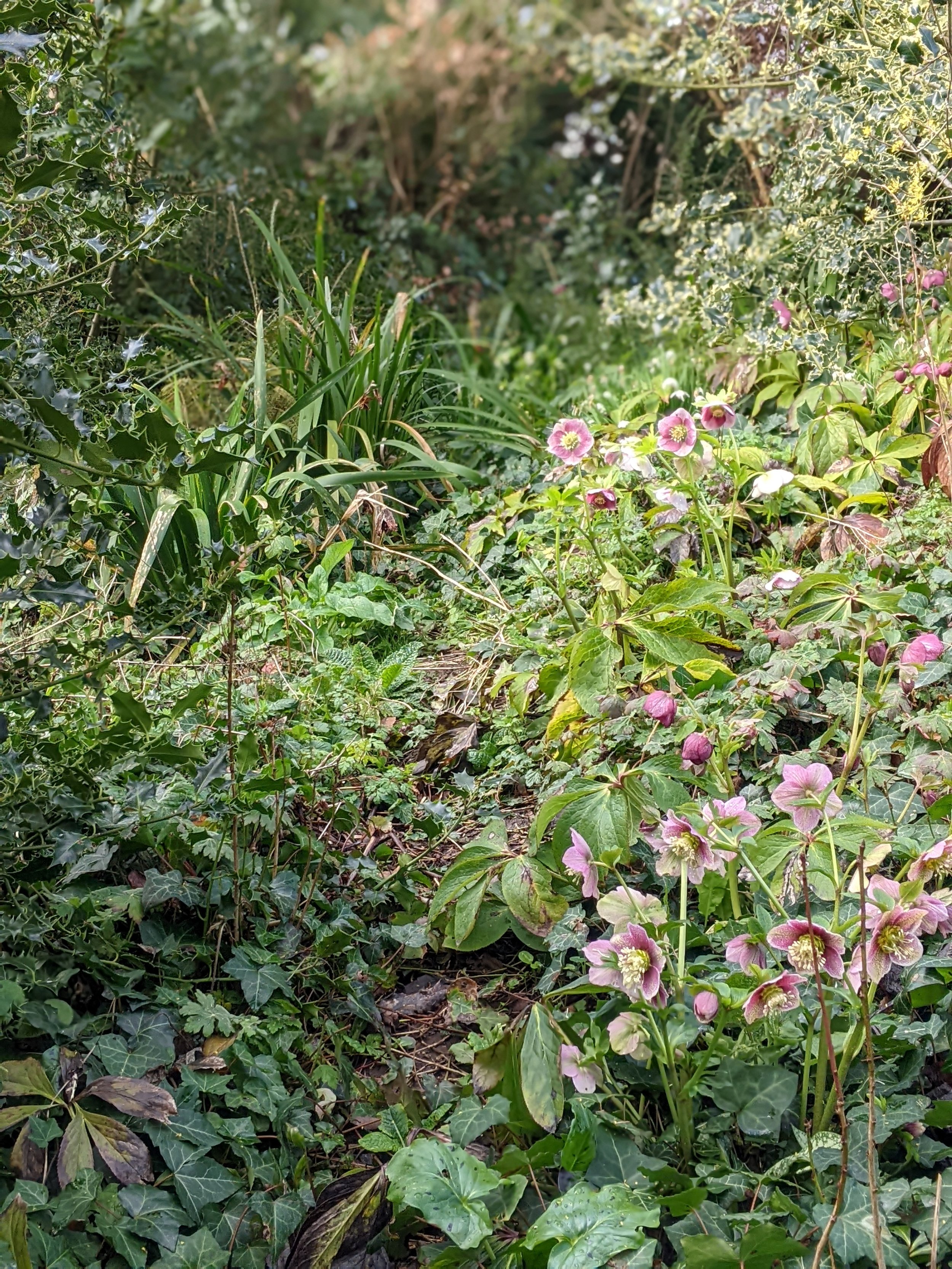No sooner had I put away my winter coat and woollies this spring, than the blue tits started zipping in and out of the next box by the back door. After a cold wet start, the natural processes of spring seem to have been condensed into this last few weeks of warmer drier weather. The apple trees had only just burst into their full pink petalled splendour when the ground beneath was a wash of confetti and tiny apples have taken the flowers’ place.
The roses are smothered in blooms, their buds formed quickly as the leaves unfurled and after searching for the first flowers of bush vetch, I’m amazed that within days, the plants are rampaging through the borders and scrambling over everything creating glorious colour combinations especially with the catmint, itself now in full bloom. Purple flowers, the favourite colour of bees, are everywhere in shapes and sizes to suit lots of insect tongue lengths.
It seems as if the whole garden has been rapidly playing catch up but despite the sheer volume of flowers on show for me to admire and for the insect population to make full use of, I have a very uneasy feeling that in my wild garden all is not well. There are no aphids on the roses yet and my alarm bells are ringing.
I was thrilled to see the first early orange tip and holly blue butterflies a few weeks ago but their numbers have not increased with the amount of nectar now on offer, neither have the solitary and bumble bees, just a few here and there and only a couple of my favourite tawny and ashy mining bees. Perhaps they have just not caught up with the season yet, perhaps last summer’s heat has something to do with it or perhaps our human onslaught and seeming intent to eradicate the world of insects has caught up with them.
On the plus side, two May bugs came inside a few nights ago to show us that they are still around and for the first time my box balls are host to box caterpillars. As blue tits are known to feed on them I’m happy that their leaves are being shredded in a good cause and that the escapees will be food for wasp or hornet grubs.
I was cheered by feeling that part my garden environment’s food web might be working as nature intends but this morning I read that a well known chemical company has developed a pheromone disruptor that stops male box moths finding their females.
No mating moths, no eggs, no caterpillars, no more moths. We humans, when will we ever learn?






























































































































































